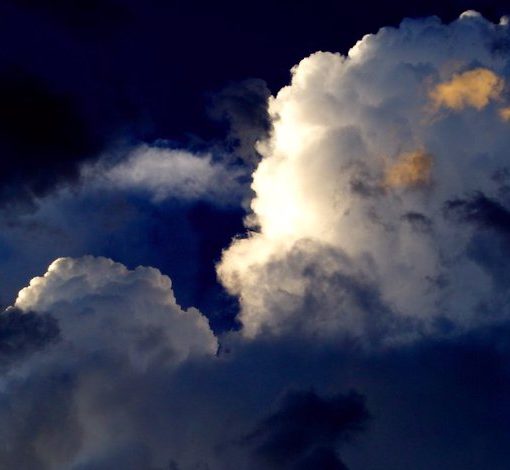 Apple (NASDAQ: AAPL) is sitting on a massive cash hoard. When investors and techies speculate about what the company might do with its dough, answers tend toward acquisition targets. But the following, posted on Quora anonymously by someone who appears to know the business well, posits that Steve Jobs and his team are already putting the money to very good use.
Apple (NASDAQ: AAPL) is sitting on a massive cash hoard. When investors and techies speculate about what the company might do with its dough, answers tend toward acquisition targets. But the following, posted on Quora anonymously by someone who appears to know the business well, posits that Steve Jobs and his team are already putting the money to very good use.
***
Apple actually uses its cash hoard in a very interesting way to maintain a decisive advantage over its rivals:
When new component technologies (touchscreens, chips, LED displays) first come out, they are very expensive to produce, and building a factory that can produce them in mass quantities is even more expensive. Oftentimes, the upfront capital expenditure can be so huge and the margins are small enough (and shrink over time as the component is rapidly commoditized) that the companies who would build these factories cannot raise sufficient investment capital to cover the costs.
What Apple does is use its cash hoard to pay for the construction cost (or a significant fraction of it) of the factory in exchange for exclusive rights to the output production of the factory for a set period of time (maybe 6 – 36 months), and then for a discounted rate afterwards. This yields two advantages:
- Apple has access to new component technology months or years before its rivals. This allows it to release groundbreaking products that are actually impossible to duplicate. Remember how for up to a year or so after the introduction of the iPhone, none of the would-be iPhone clones could even get a capacitive touchscreen to work as well as the iPhone’s? It wasn’t just the software – Apple simply has access to new components earlier, before anyone else in the world can gain access to it in mass quantities to make a consumer device. One extraordinary example of this is the aluminum machining technology used to make Apple’s laptops – this remains a trade secret that Apple continues to have exclusive access to and allows them to make laptops with (for now) unsurpassed strength and lightness.
- Eventually its competitors catch up in component production technology, but by then Apple has their arrangement in place whereby it can source those parts at a lower cost due to the discounted rate they have negotiated with the (now) most-experienced and skilled provider of those parts – who has probably also brought his production costs down too. This discount is also potentially subsidized by its competitors buying those same parts from that provider – the part is now commoditized so the factory is allowed to produce them for all buyers, but Apple gets special pricing.
Apple is not just crushing its rivals through superiority in design. Steve Jobs’s deep experience in hardware mass production (early Apple, NeXT) has been brought to bear in creating an unrivaled exclusive supply chain of advanced technology literally years ahead of anyone else on the planet. If it feels like new Apple products appear futuristic, it is because Apple really is sending back technology from the future.
Once those technologies (or more accurately, their mass production techniques) become sufficiently commoditized, Apple is then able to compete effectively on cost and undercut rivals. It’s a myth that Apple only makes premium products – it makes them all right, but that is because they are literally more advanced than anything else (i.e. the price premium is not just for design), and once the product line is no longer premium, they are produced more cheaply than competitor equivalents, yielding higher margins, more cash, which results in more ability to continue the cycle.
***
Covestor models that hold AAPL as of 7/1/11:
- Opportunistic Arbitrage Long Only and Opportunistic Arbitrage by Stone Fox Capital
- Long Term Growth by Riddhi Ruparelia
- Long Term Value by Sreeni Meka
- Identifying Turning Points by Targex Capital
- Growth Plus Income and Pure Growth by BSG&L
- Performance with Protection by Leif Eriksen
- Suncoast Equity by Suncoast Equity
- Dividend Value by Chris Santiago
- Large Cap Growth by AlphaMark Advisors
- Venture Capital – Aggressive by Yinglan Tan
Sources:
“Steve Jobs Keeping Apple Cash `Powder Dry’ for Future Bets” Bloomberg, 10/2010. https://www.bloomberg.com/news/2010-10-19/apple-ceo-steve-jobs-keeping-cash-powder-dry-for-future-bets.html
“What would make sense for Apple to use its $51+ billion in cash for a strategic acquisition?” Quora. 7/1. http://www.quora.com/What-would-make-sense-for-Apple-to-use-its-51-billion-in-cash-for-a-strategic-acquisition/answers/612608



